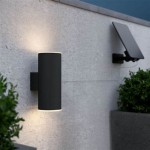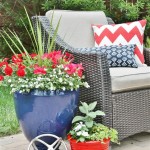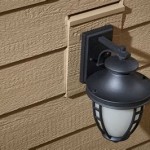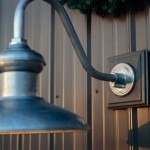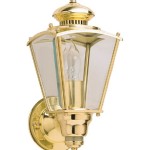How To Grow Herbs Outdoors In Pots
Growing herbs in pots outdoors offers flexibility, accessibility, and the satisfaction of fresh ingredients readily available. Whether situated on a balcony, patio, or doorstep, potted herbs can thrive with proper care and consideration. Following key guidelines ensures a bountiful and aromatic herb garden.
Choosing the Right Herbs
Selecting suitable herbs is the first step towards a successful potted herb garden. Some thrive in containers, while others require more space. Popular choices for pots include:
- Basil
- Mint (best in individual pots to prevent spreading)
- Chives
- Rosemary
- Thyme
- Oregano
- Parsley
Selecting Appropriate Pots
Pot selection impacts drainage, root growth, and overall plant health. Factors to consider include material, size, and drainage holes. Terracotta pots offer good drainage but can dry out quickly. Plastic pots retain moisture better but require careful monitoring to prevent overwatering. The pot size should accommodate the herb's mature size. Ample drainage holes are crucial to prevent root rot.
Using the Correct Potting Mix
Standard garden soil is unsuitable for container gardening. Potting mixes designed specifically for containers provide optimal drainage and aeration. These mixes typically contain a blend of peat moss, perlite, and vermiculite, which create a light and airy environment for root development. Avoid using heavy garden soil, as it compacts easily and restricts root growth.
Providing Adequate Sunlight
Most herbs require at least six hours of sunlight per day to flourish. Place pots in a sunny location, preferably south-facing for maximum sun exposure. Observe the sun's path throughout the day to identify the ideal spot. If limited sunlight is available, consider herbs with lower light requirements, such as mint or parsley.
Watering Techniques
Watering frequency depends on factors like pot size, material, weather conditions, and the herb's specific needs. Monitor the soil moisture regularly by inserting a finger into the soil. Water thoroughly when the top inch of soil feels dry. Avoid overwatering, which can lead to root rot. Allow excess water to drain freely from the drainage holes.
Fertilizing Potted Herbs
Potted herbs benefit from regular fertilization, particularly during active growth periods. Use a balanced liquid fertilizer diluted to half strength every two to four weeks. Alternatively, slow-release granular fertilizers offer a convenient option. Avoid over-fertilizing, which can harm the plants and impact flavor.
Pest and Disease Management
Regularly inspect plants for signs of pests or diseases. Common garden pests like aphids, spider mites, and whiteflies can infest potted herbs. Treat infestations promptly with appropriate insecticidal soap or horticultural oil. Ensure good air circulation around the plants to prevent fungal diseases. Remove any diseased or damaged leaves immediately.
Pruning and Harvesting
Regular pruning encourages bushier growth and prevents herbs from becoming leggy. Pinch back the tips of stems to promote branching. Harvest herbs frequently to stimulate new growth. For most herbs, harvest before they flower to maintain optimal flavor. Cut stems just above a leaf node to encourage further growth.
Winter Care for Potted Herbs
Depending on the hardiness of the herbs and the local climate, some potted herbs may require winter protection. Hardy herbs like rosemary and thyme may survive mild winters outdoors with minimal protection. For more tender herbs, consider bringing them indoors to a sunny location or providing insulation for the pots during periods of frost. Research the specific needs of each herb to determine the best course of action.
Propagation of Potted Herbs
Expanding an herb garden is readily achievable through propagation. Many herbs propagate easily from cuttings. Select healthy stems, remove the lower leaves, and place the cuttings in water or moist potting mix. Once roots develop, transplant the cuttings to individual pots. This allows for the expansion of existing herb varieties and the creation of new plants without purchasing additional seeds or seedlings.
Supporting Structures for Vining or Tall Herbs
Some herbs, such as mint and oregano, can become sprawling or top-heavy. Providing support structures, such as small trellises or stakes, helps maintain their shape and prevents them from falling over. This also improves air circulation around the plants and promotes healthy growth. Choose supports appropriate for the size and growth habit of the herb.

Ideas For Growing Herbs In Pots Garden Gate

Growing Herbs In Pots Bbc Gardeners World

Growing Herbs In Containers Themes For Herb Gardens Farm To Jar

The 7 Best Herbs For Container Gardening

The 7 Best Herbs For Container Gardening

How To Grow An Herb Container Garden Moms Need Know

How To Grow Herbs In Containers Gardener S Path

Tips For Growing A Container Herb Garden Rootsy Network

Revolutionize Your Cooking With These Easy Tips For Growing A Delicious Herb Garden In Containers Village Gardens

Growing Herbs In Pots Bbc Gardeners World
Related Posts
